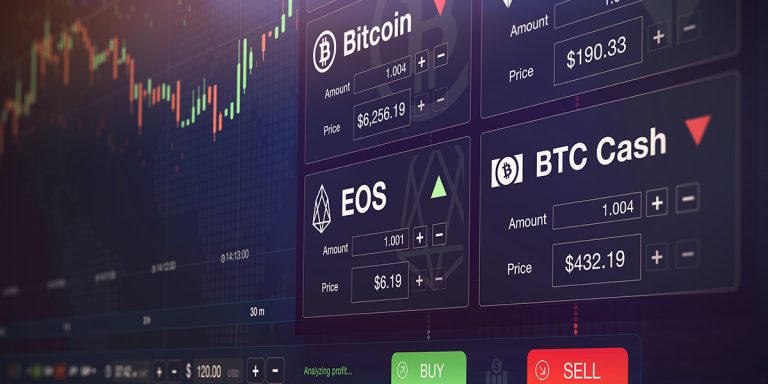Trading on the Lowest Fees Crypto Exchange Platform with Zero Commissions: Myth or Reality?

The issue of high commissions in crypto trading continues to remain one of the major factors influencing the selection of platforms for both everyday traders and large-scale investors. Providers make attractive promises of minimal trading fees and even zero commissions, which may sound quite tempting but are they even true? Sometimes it becomes difficult to distinguish the real deal from a marketing ploy that secretly hides extra fees within the exchange rate or implements major restrictions.
Let us explore the problem a little bit further and take a close look at how the exchanges are forming their fee structures and whether it is even possible to avoid processing costs.
How are commissions formed on the crypto exchange platforms?
Multiple types of fees are typically charged by exchange platforms, and they can roughly be divided into the following categories:
– Trading fees are charges for the processing of ‘buy’ or ‘sell’ orders. Generally, they include the ‘maker’ and ‘taker’ fee models, where liquidity takers pay more than liquidity makers.
– Withdrawal/Deposit fees may vary to a large extent depending on the type of network and currency.
– Hidden fees within the spread – the variation between the buy and the sell price can effectively replace standard transaction fees.
– Additional fees may differ and include extra charges for faster transactions, margin trading or fund conversion.
Even the lowest fees crypto exchange platforms are in business for profit, and providers are using numerous monetization techniques for revenue. The lack of one category of expenses may be substituted by another. Before registering on the platform, it is vital to verify all the fees that will be applied and make sure that the structure is as transparent as possible. In some cases, if the platform is misleading users about its policies, it can be a red flag for its overall reliability.
Do zero-commission exchanges exist?
Some platforms offer claims that they implement a ‘zero commissions’ policy, although in practice it is not always the case. Occasionally, zero commissions may be achieved by temporary promotions to attract new users or the utilization of alternative monetization models.
– Zero-commission model with extended spreads: In this case, the traders do not pay any explicit transaction processing fees yet face a much higher spread between the buy and sell prices. As a result, the final costs may even exceed standard transaction commissions.
– Cross-subsidization through premium services: Some providers offer free trading experience but compensate it with elevated fees on withdrawals and deposits. Moreover, access to advanced trading tools may be restricted, and users will have to choose a subscription plan if they want to gain full access.
– In some cases, the lowest fees crypto exchange platforms decide to issue their in-house tokens to incentivize trading. Users are encouraged to acquire these native platform tokens to pay the transaction fees or other services. However, the token market value can fluctuate and depends on demand and liquidity.
– Hybrid pricing model: Service providers sometimes launch limited-time promotion campaigns or waive commissions for selected trading pairs to attract new users and broaden the target audience. Nevertheless, these offers typically have time limitations and specific conditions.
Even if trading on the lowest fees crypto exchange platforms, it is not possible to avoid extra charges altogether, although there are some strategies for reducing them for more revenue:
– Choosing platforms with the lowest fees for the ‘maker-taker’ model and placing ‘limit orders’ can positively impact the total fees, as makers often get discounts or have no fees at all.
– Paying fees with the internal platform tokens – providers tend to offer reduced fees if they are paid with their in-house assets.
– Trading during promotional campaigns – participation in promotional offers may result in reduced charges for certain digital assets.
– Use decentralized platforms or P2P trading platforms with minimal commissions.
Although the concept of trading on the lowest fees crypto exchange platforms without any commissions may seem appealing, in reality, it is impossible to avoid costs completely, as they are reallocated to other areas. Lowest fees crypto exchange platforms offering zero commissions implement alternative monetization models and still get their fair share of profit. Nevertheless, understanding the principle of fee structure and choosing proper trading strategies can substantially reduce expenses and make trading more efficient.




